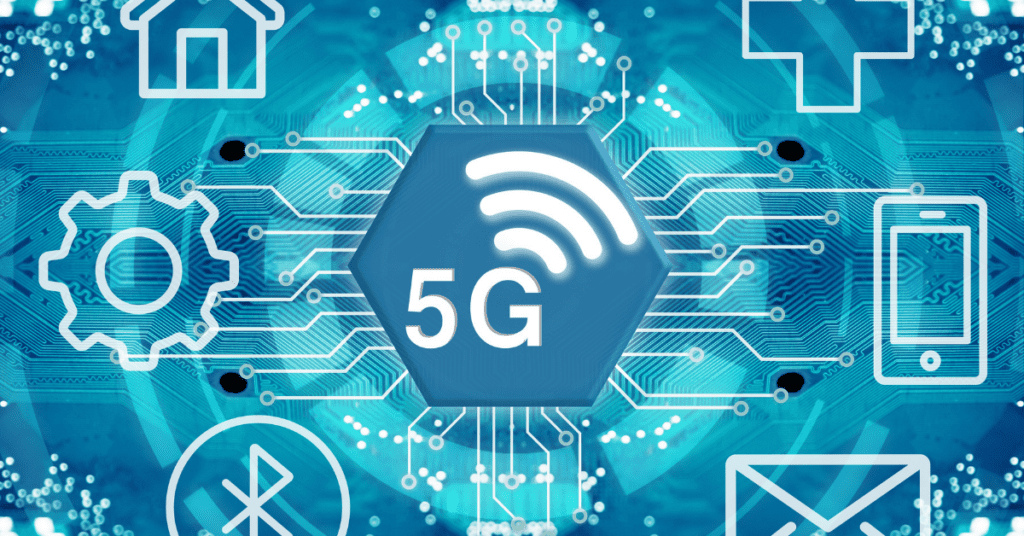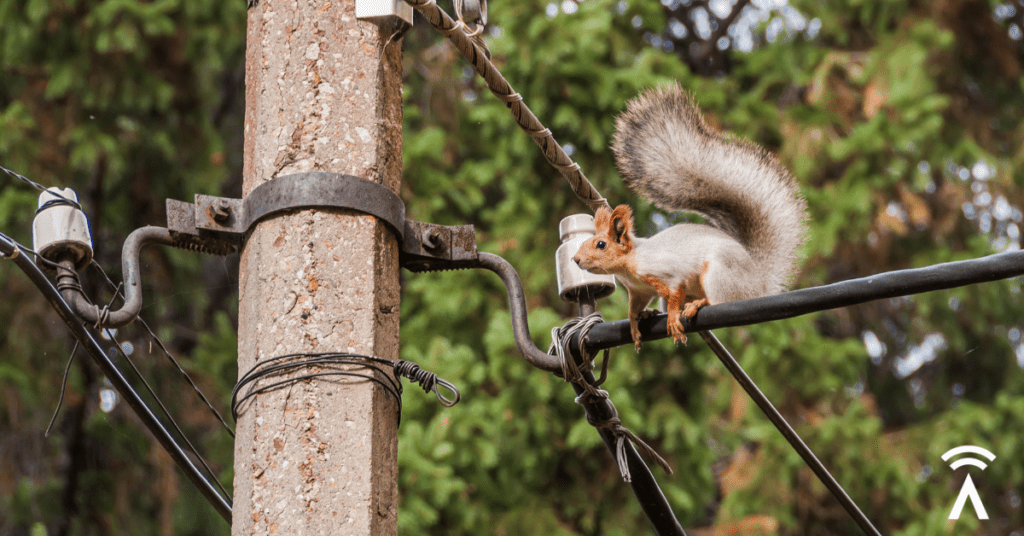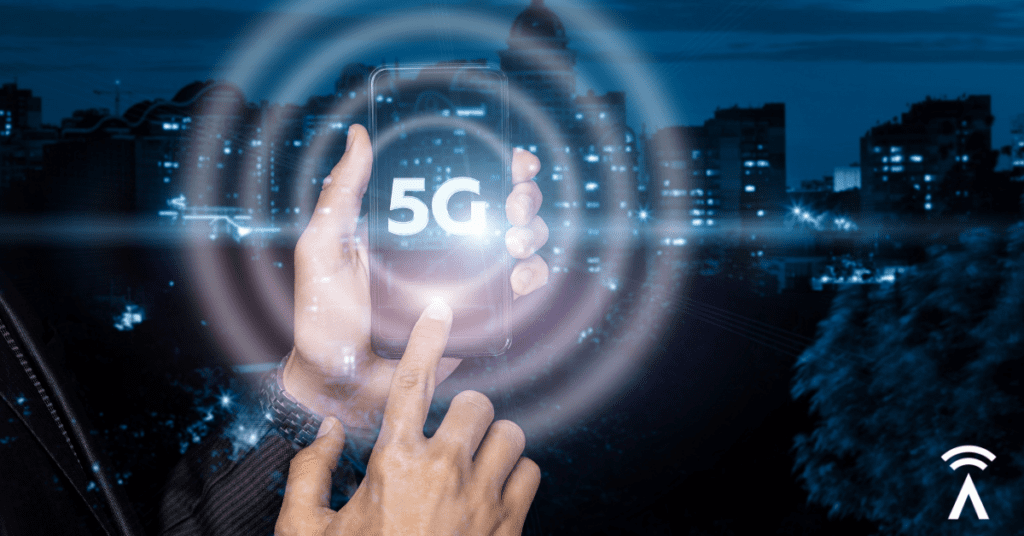
Where We’re Going, We Don’t Need Roads With Wireless
For over a century, the world has been connected by telecommunications through cables, wires and fiber optics. However, this infrastructure has always been vulnerable to outages that can last hours, if not weeks, depending on the severity of any given event. We’re talking about fires, storms, earthquakes, ice, car accidents, and unauthorized digging. Any of which can cause your work from home, or your night in with your family watching a movie together to come to a screeching halt.
To feed our “headend” (term for our hub where we distribute internet in your community), we buy connections to the internet’s backbone from larger carriers over high-capacity fiber circuits. Twice in 2021, our network’s service was impaired by one of those providers experiencing fiber breaks. Services from them were offline in both events no less than 24 hours each time, where if we didn’t have the forethought of connecting with two diverse carriers in our headend facilities, all of our customers in that area would have been offline until the carrier’s service was restored. However, most people would never guess what caused these outages both times.

Fiber Providers vs. Squirrels
Squirrels. Yes. Those cute, furry, and harmless animals scurrying around your yard foraging for nuts. The thing about those agile rodents is they love to chew on more things than just nuts. Actually, they really love to chew on fiber optic cables. When they do, it rarely happens in town where someone can easily find it. Majority of the time, it occurs in very remote places where it’s difficult to find or get trucks in to work on the issue. Needless to say, fiber providers are not the biggest fans of squirrels.
Mother Nature’s Course
In 2009, the worst ice storm in Kentucky’s history came through and tore power lines, fiber optic lines and cable lines to pieces. At the company I was with at the time, we had ten miles of infrastructure that had to be torn out and rebuilt. However, later that same year, the remnants of Hurricane Ike came through the region and tore the same areas down again with several hours of 70mph straight line winds.
Recently, Kentucky suffered from Mother Nature’s course that took lives, destroyed property and disrupted telecommunications. During December of 2021, three miles of cable and fiber of ours in Western Kentucky was ripped out when the quad-state tornado tore through between Bremen and Sacramento. Moreover, it took our team close to a week to rebuild and restore service.
During February of 2022, 450 customers experienced outages in Owen County due to the weight of ice accumulation on cable lines that caused connectors to pop apart and short out, which caused fiber-fed equipment to fry (it all still takes electricity).
While fiber optics is capable of providing gigabits of data, it is distributed by glass. This cool, yet very fragile technology used to distribute telecommunications keeps growing, and the capabilities have now far exceeded the usage anyone can put on this infrastructure. Once you pass a certain point of bandwidth on fiber, it’s like driving one or two cars a mile apart on a 10-lane freeway made of glass at 100 miles an hour. That’s a lot of breakable highway for so little traffic, and once you have more road than the traffic you’re sending down it needs, what’s the point?
What you really need is the ability to get down the road fast, and it won’t break beneath you. With wireless, where we’re going we don’t need roads. We can go 500 miles an hour through airspace that’s got plenty of room to get your traffic through it!

Wireless Is the Future
Broadlinc is building networks using wireless technology that is much like a cellphone; getting signal to your home through the air. Our 5G ready towers are built with redundant power. Moreover, when the power lines go down, a wireless link takes over and will keep our customers online. Even when we need that high capacity 10 or 20 lane freeway at our data centers, we are fed by diverse carriers to ensure our customers keep working by sending our traffic another way.
“Getting what you pay for” has less to do with gigabits offered and speed tests than it does with user experience. There is little to nothing most homes and businesses can’t do on our LTE Fixed Wireless service that we’re doing on wireline and fiber networks. On paper it may say less bandwidth, however, when we support our customers all the way to their device with our whole home Wi-Fi and local technical support, our customers report a better experience than the gig-fiber.
Are you curious at this point? Sign up and try it for yourself! At Broadlinc, we don’t pressure our customers into contracts to keep something that doesn’t work. Perform the tasks and activities you like to do with your internet, and see if it performs as good or better. You will also find out soon enough when those down the road have a tree fall on their line or a hungry squirrel in the neighborhood, your neighbors will be asking to use your WiFi when you have Broadlinc’s service.
